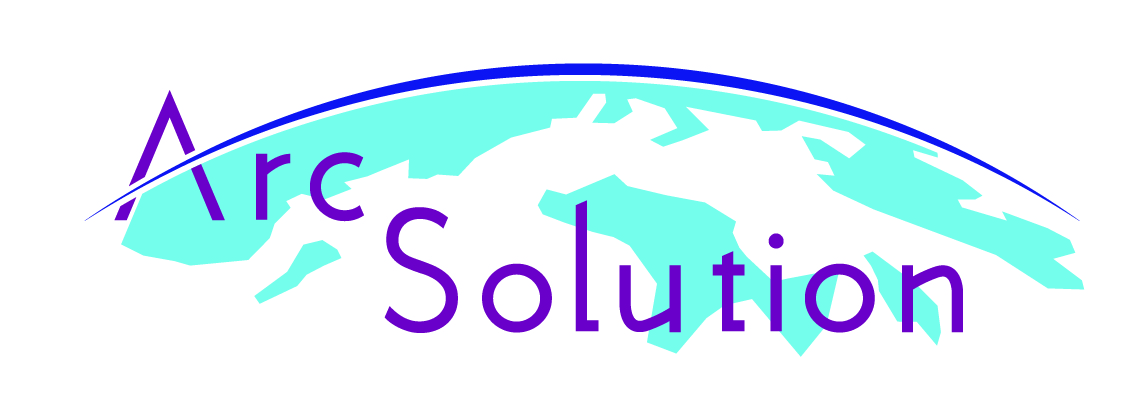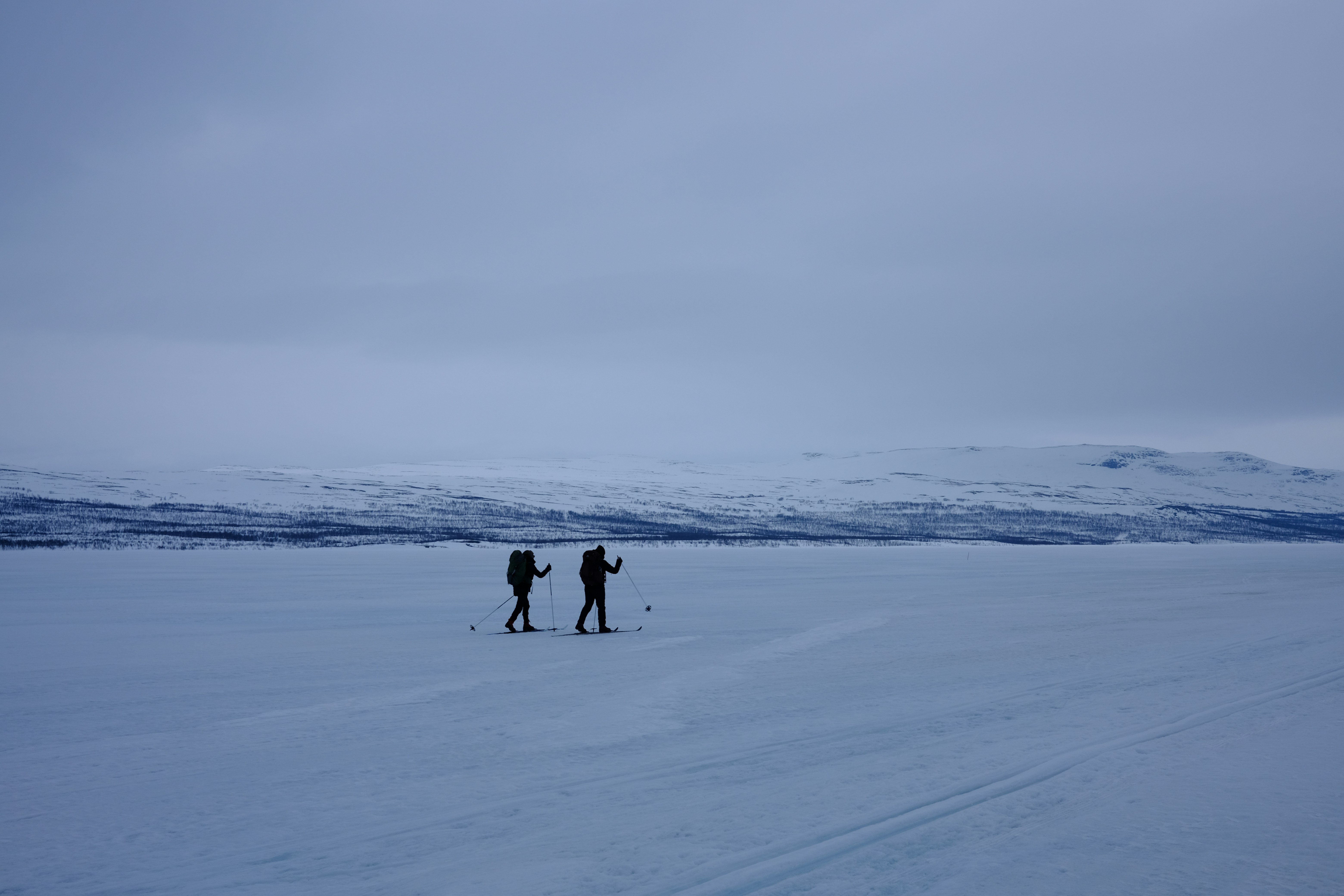On April 15, 2025, researchers gathered online for a seminar on the social sciences’ role in advancing the One Health approach in the Arctic. Julia Olsen, Associate Professor at the Faculty of Social Sciences at Nord University, hosted the event, which was organised as part of the ArcSolution project’s efforts to explore transdisciplinary solutions to complex environmental and health challenges in Arctic regions.
The seminar was structured in two parts: three keynote presentations and a plenary discussion on transdisciplinary collaboration and community engagement.
Integrating Diverse Perspectives into One Health
The One Health concept, which connects human, animal, and environmental health, is gaining traction as a framework for understanding and responding to multifaceted issues in the Arctic. However, speakers at the seminar emphasised that social sciences has a greater potential to be utilised in One Health framework and research. Hence, the session focused on how social sciences can contribute to filling key knowledge gaps, shaping policy, improving communication, and facilitating community collaboration.
Highlights from keynote presentations
Courtney Alice Waugh, Associate Professor at the Faculty of Biosciences and Aquaculture, Nord University, opened the seminar with a presentation titled “One Health or Planetary Health for Pandemic Prevention?” She noted that land use changes, urbanisation, and population growth explain only about 30% of zoonotic spillover risks. She argued that broader drivers—such as governance systems, economic incentives, and human-induced ecosystem transformation—must also be considered to understand zoonotic spillover risks.
Waugh argues that Planetary Health offers a more integrative framework than traditional One Health models, encompassing health, environment, climate, sustainability, and equity. She emphasised that including social sciences in health research is essential to move from identifying risks to addressing root causes.
Annelin Seppola, Associate Professor at the Faculty of Social Sciences, Nord University, presented a pilot study from Battambang Province, Cambodia, under the PANDORA project, which integrates natural and social science methods to assess the risk of pathogen spillover from wildlife to humans. Her research explored local perceptions of flying foxes, known reservoirs of the Nipah virus. It highlighted how behaviour and gender dynamics influence risk. Seppola emphasised the value of social science in understanding community behaviour and designing more effective prevention strategies.
Arja Rautio, Professor in Arctic Research at the University of Oulu and UArctic Chair in Arctic Health, shared insights from the ArcSolution and ILLUQ projects, which focused on pollution and health in the Arctic through a transdisciplinary One Health approach. She underscored that trust-building with local communities is essential to implementing One health effectively and that social sciences play a central role in this process. Rautio also pointed to gaps in current One Health frameworks, such as the underrepresentation of linguistics, humanities, gender perspectives, and education.
Plenary Discussion: The Role of Social Sciences in Interdisciplinary Research
The second half of the seminar featured a group discussion on the practical and structural challenges of interdisciplinary collaboration. A recurring theme was that many research projects have a challenge to develop meaningful long-term relationships with local communities. Social scientists, who often have long-term networks and community experience, are well-positioned to help bridge that gap.
Participants identified language and terminology as another barrier, not only between local communities and researchers but also across scientific disciplines. Differences in language, routines, and research standards between faculties can make collaboration difficult. It was also noted that education systems are often compartmentalised, making it hard for One Health to fit neatly into a single academic or institutional category.
As one participant noted and Professor Rautio elaborated, risk assessment varies by discipline, and the concept may not even exist in local communities’ vocabulary. In this context, social scientists and local researchers play a vital role in translating knowledge into scientific terms and culturally appropriate communication.
Seppola reinforced that different communities perceive and prioritise risk differently, and including local anthropologists or researchers can help ensure relevant and respectful research.
The discussion also touched on the tension between environmental sustainability and scientific collaboration. While in-person research is often necessary for building trust, it comes with a carbon cost. Digital meetings offer more sustainable options but may limit the depth of engagement.
Rautio also pointed to geopolitical shifts—including Russia’s and probably the USA’s exclusion from many Arctic research networks and growing research fatigue among some local communities—as additional challenges facing interdisciplinary work today.
Looking Ahead
To conclude, Julia Olsen highlighted the ArcSolution project as a positive example of transdisciplinary research in action, combining natural and social sciences, community engagement, and policy relevance.
“Today, we learned more about three projects implementing the One Health framework, each encountering similar challenges and concerns related to transdisciplinary collaboration. I think it is crucial to allocate time to discuss how various project teams address these challenges and identify effective practices,” Olsen summed up.
Participants agreed that social sciences must be fully integrated into interdisciplinary research to make One Health a more effective and inclusive framework. They offer essential tools for understanding local contexts, building trust, and translating science into real-world impact.

